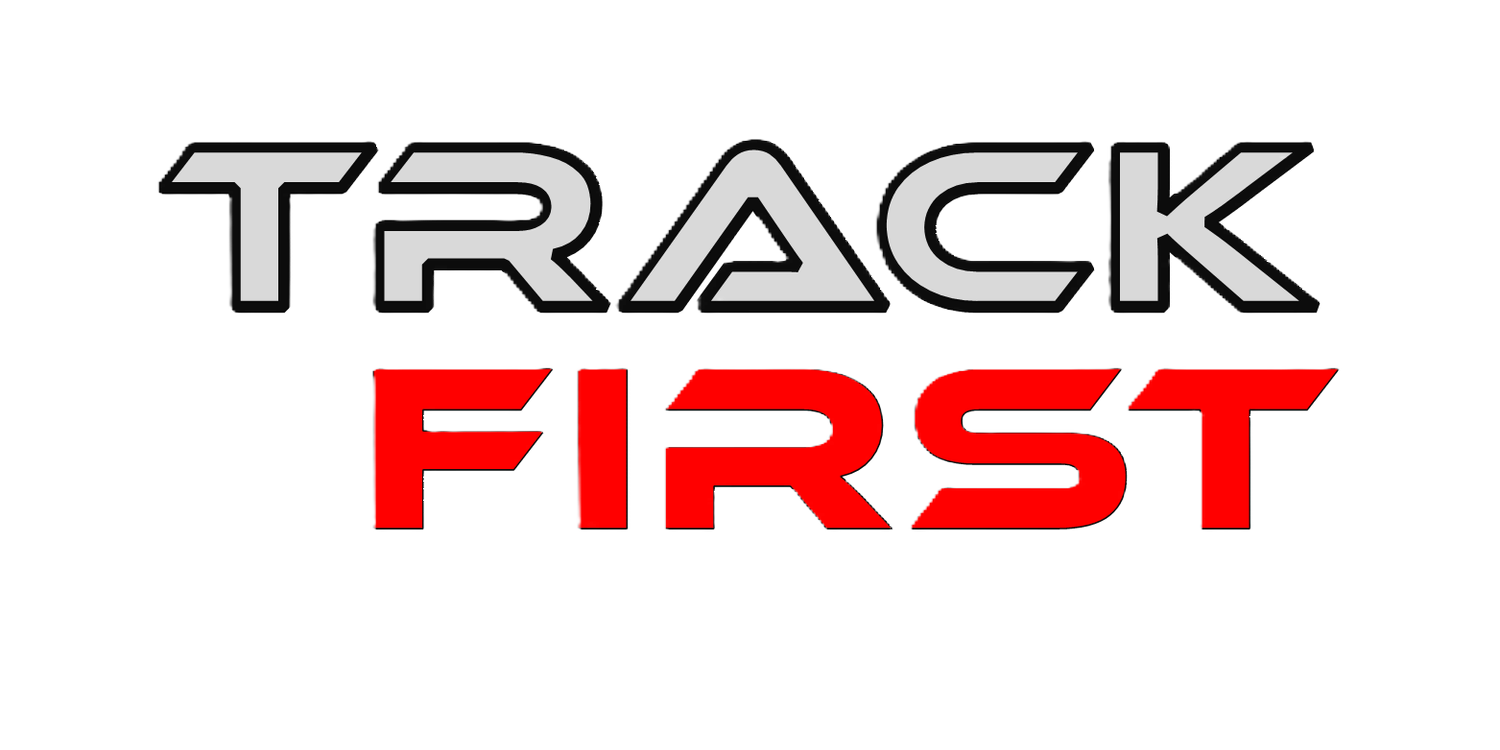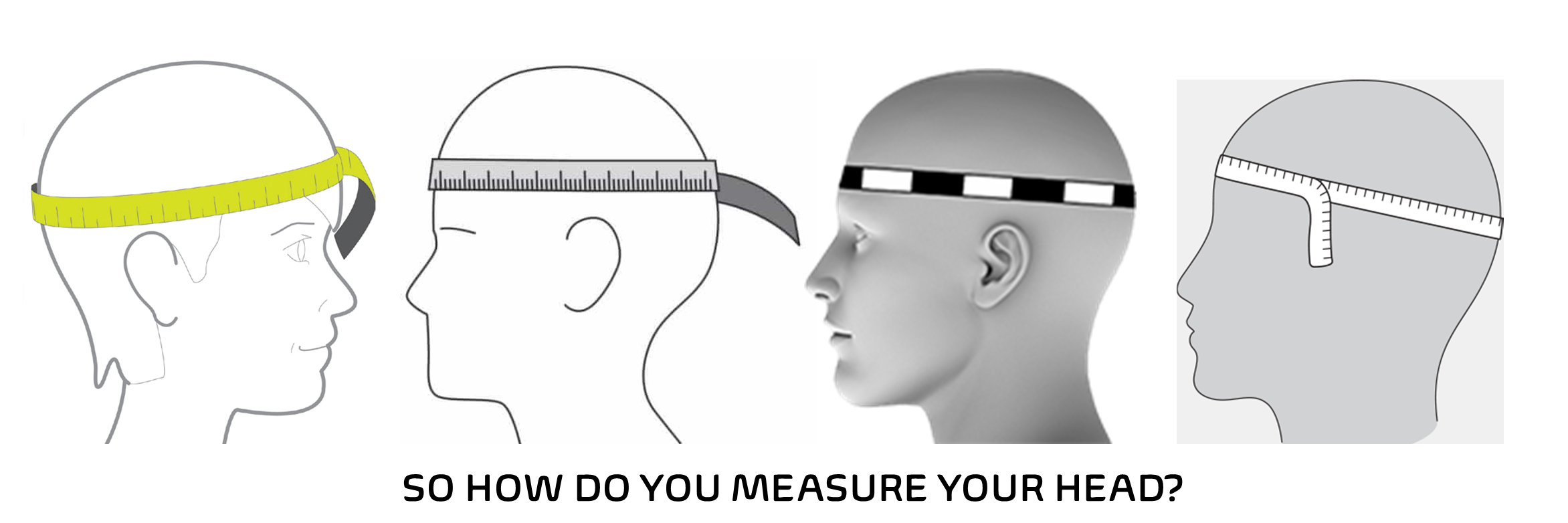Choosing a helmet - starts with the fit;
Choosing a helmet - starts with the fit;
Drivers with Long Oval heads have the greatest difficulty finding a comfortable fit. We direct our customers to Brands which lean towards a motorcycle profile, such as Arai & HJC. Or models that are designed for open cockpit racing - they have a slimer, more aerodynamic design such as Bell’s K1 Pro, GP3 & GTX3.
First we have to determine your head’s shape - Round Oval, Intermediate Oval or Long Oval. Round Oval s the most common human head shape.
Helmet manufacturers will display how to measure your head. This is important but it is only the first step in choosing the right helmet for your head. Note, most people make the mistake of buying a helmet that is too big for them. We look for a ‘snug’ fit.
To try a helmet on…
Grasp the helmet by the chin straps, with the front of the helmet towards you and the top of the helmet facing down
Place the thumbs on the inside surface of the straps and balance the helmet with the index fingers
Spread the helmet apart with the hands and slip down over the head
The helmet should fit ‘snug.’ If it slides on too easily; it is too big for you. If you cannot pull it down, completely over your head; it is too small for you. If you are in pain; its definitely the wrong helmet!
The key points to a good fit are….
a) Avoid pressure points - those on the skull’s temple, forehead and sometimes the top of the head. This is where the head comes in contact with the ‘crush-zone’ foam. If you are feeling pressure at these points, go up a size of try another model, since the problem will only persist and probably get worse.
b) Observe your cheeks. A good fit has your cheeks semi-squashed but not so you are biting the inside of your cheeks. The inner layer of foam (fit-pads) of a helmet is always covered in a fire-retardant fabric . These fit-foam pads are not an integral to the helmet’s safety impact features. They exist to create a good and comfortable fit by filling the gaps between your head and the more dense ‘crush-zone’ foam. Tightness here is OK - this foam will soften with repeated use.
c) Your head should not be moving independently to your helmet. You do not need to shake your head repeatedly or violently when trying on a helmet. Use a quick movement side-to-side and up-and-down - replicating how your head would move inside the car. If your head and helmet are not moving together - the helmet is too large.
d) First make sure you have the helmet positioned correctly. If you can see the shadow of the foam above the eye port by just lifting your eyes - you have the correct position. Always check this before going on the track.
e) Varying chin profiles Long, large and low are harder to accommodate. We prefer to see that ALL your head is protected by the helmet. Avoid brands with smaller shells. The more aerodynamic shells with duckbills work better.
f) Remember the helmet increases your height. Fitting you and your helmet in your car without touching the head liner (or worse) can be an issue. It is a frequent problem for our customers who are tall with older model sports cars, severe sloping roofs and/or compact cockpits. The larger round shaped shells such as offered by BELL can be a problem. However, we have successfully switched to BELL’s K1 PRO.





